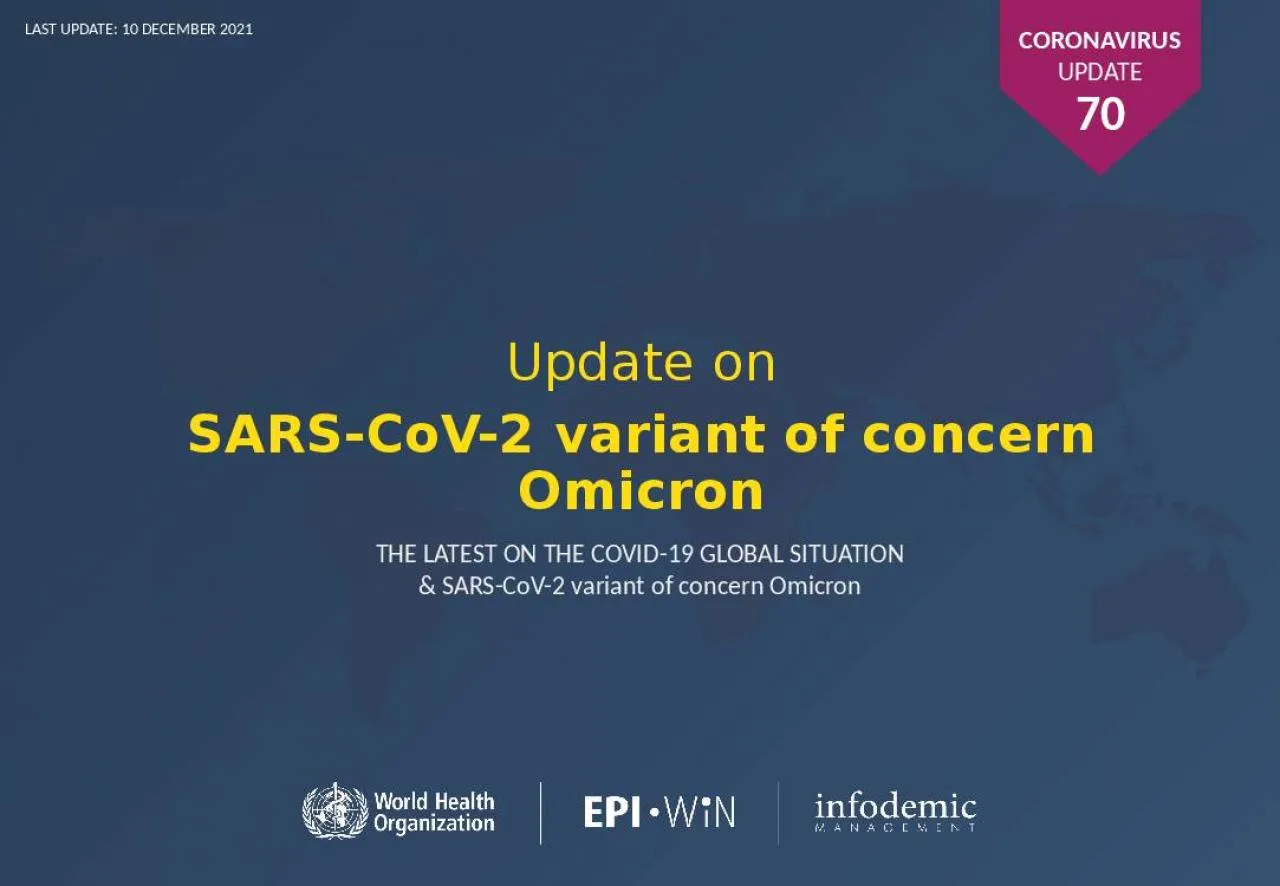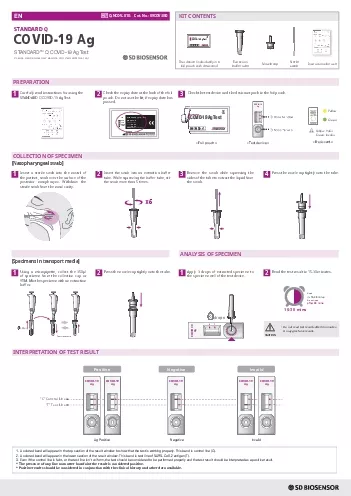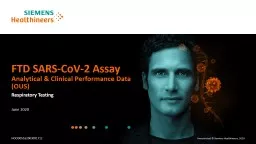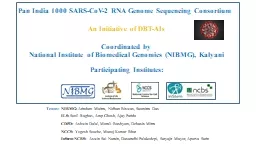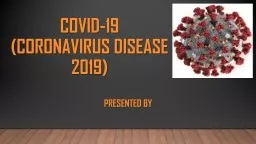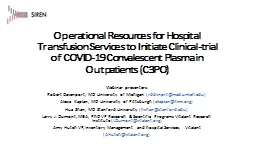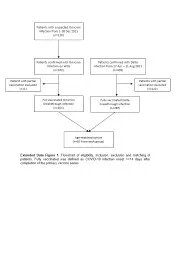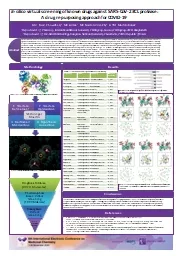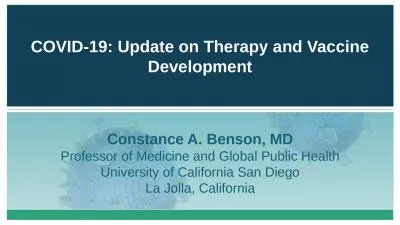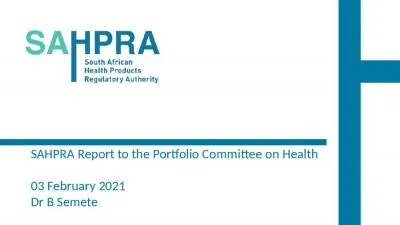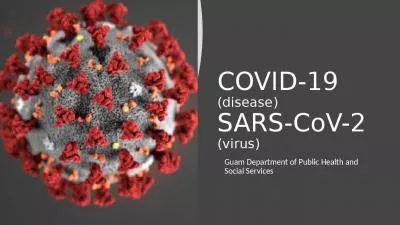PPT-THE LATEST ON THE COVID-19 GLOBAL SITUATION & SARS-CoV-2 variant of concern Omicron
Author : dsmed | Published Date : 2022-02-08
The more the virus circulates the more the virus will evolvebrMost changes have little to no impact on the viruss properties or behaviourbrHowever some changes to
Presentation Embed Code
Download Presentation
Download Presentation The PPT/PDF document "THE LATEST ON THE COVID-19 GLOBAL SITUAT..." is the property of its rightful owner. Permission is granted to download and print the materials on this website for personal, non-commercial use only, and to display it on your personal computer provided you do not modify the materials and that you retain all copyright notices contained in the materials. By downloading content from our website, you accept the terms of this agreement.
THE LATEST ON THE COVID-19 GLOBAL SITUATION & SARS-CoV-2 variant of concern Omicron: Transcript
Download Rules Of Document
"THE LATEST ON THE COVID-19 GLOBAL SITUATION & SARS-CoV-2 variant of concern Omicron"The content belongs to its owner. You may download and print it for personal use, without modification, and keep all copyright notices. By downloading, you agree to these terms.
Related Documents

